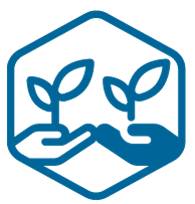2023-2024 RCN Contract Priorities

START's Compelling Why
Ensuring equity, because all students need to be taught in inclusive settings with peers by caring staff prepared to deliver evidence-based educational and behavioral supports.
Priority 1: Professional Development and Resource Dissemination
|
Core Activities |
|---|
|
Develop and implement a PD plan for each ISD based on district needs.
|
|
Considerations for Training Development |
|---|
|
Content
Format
|
Priority 2: Establishing a Coaching Structure
|
Core Activities |
|---|
|
Develop a coaching structure within each ISD and district to support buildings and classrooms.
|
Priority 3: Coaching for Implementation of Evidence-Based Practices (EBP)
|
Core Activities |
|---|
|
Coaches support classroom teams to follow a process for enhancing the use of evidence-based practices to support students in the classroom. This includes use of the CETA data and student data to develop priorities for strengthening the use of EBPs in the classroom.
|
|
Establishing Evidence-Based Practices in the Classroom |
|---|
|
|
Establishing Evidence-Based Practices for Direct Student Support |
|---|
|
Priority 4: Peer to Peer Support
|
Core Activities |
|---|
|
Peer to Peer Support programs are developed, expanded, and enhanced to support student access to peer programs and fidelity tools and data are used to monitor program growth and quality.
|
|
Steps to Develop and Expand Programs to Increase Opportunities for Students |
|---|
|
|
Practices to Enhance Peer to Peer Programs |
|---|
|
